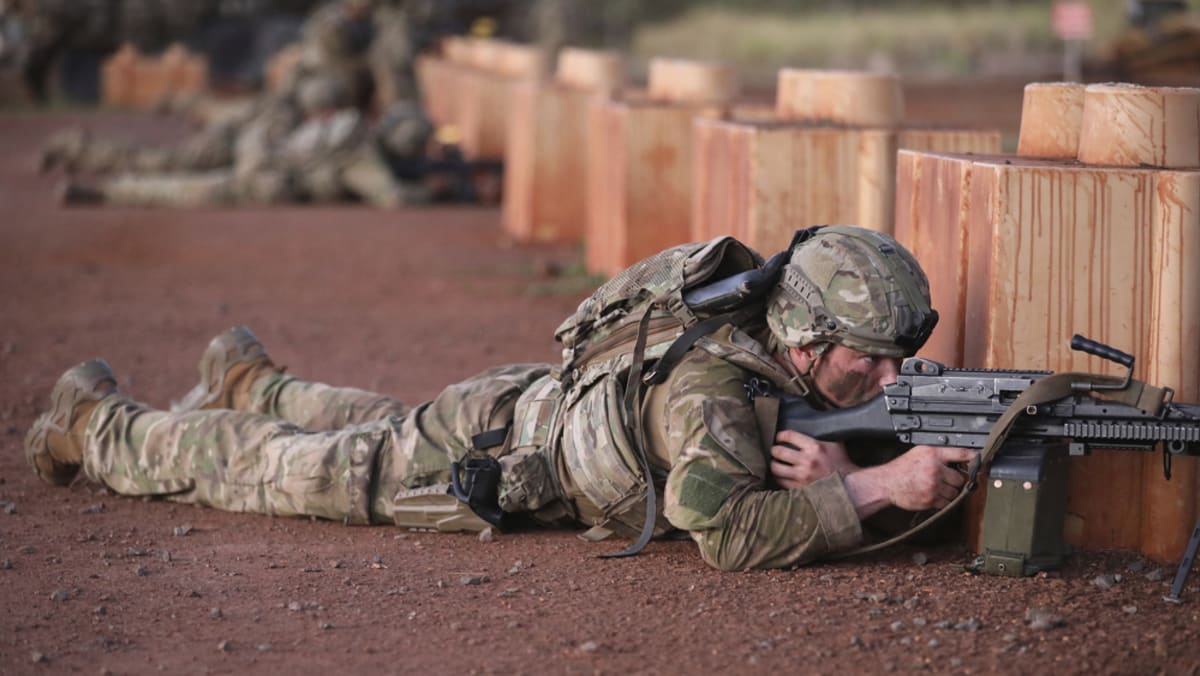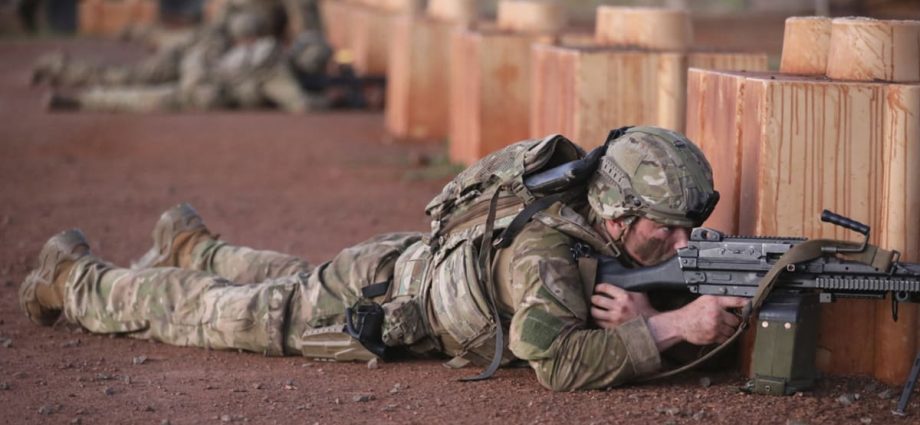
Even though China’s navy is now larger than that of the US in terms of numbers of ships, the US Navy is still more capable and has 11 carriers to China’s three, among other advantages. But where China’s main focus is on its nearby waters, the US Navy operates globally and in the event of a Taiwan conflict, it would take time for many of its assets to get to the region.
As part of its “Operation Pathways” revamp of Pacific defence set in motion nearly a decade ago, the US has been increasing its number of exercises with partners in the Indo-Pacific. It has also been re-thinking the way its soldiers and Marines operate in the first island chain off of China, which includes southwestern Japanese islands, Taiwan and the northwest Philippines, and the second island chain, which includes the Mariana Islands and the heavily fortified American territory of Guam.
Those islands give them platforms from which anti-ship and anti-aircraft missiles can be launched by mobile units that can quickly relocate to avoid counter battery fire, said Euan Graham, a defence analyst with the Australian Strategic Policy Institute.
“The US already has a positional advantage by being forward deployed and having allies there, so it wants to utilise that geography in its favour,” Graham said. “And that helps the US to overcome its numerical disadvantages as China’s navy is continuing to expand. The US has to do what it can to try and close the gap, and land forces are part of the equation.”
Beyond just being able to take and hold positions, the military has to overcome what Evans called a “tyranny of distance” in the Pacific where troops may find themselves on remote islands many hundreds of kilometres away from new supplies of water, fuel and ammunition. Among several new technologies being tested in the ongoing exercises in Hawaii are three variants of an “atmospheric water generator” to produce potable water in field conditions.
Operating from the first and second island chains would require the consent of the countries they belong to, and the US has also been working hard to shore up and expand alliances in the region.
It runs large-scale training exercises with the Philippines, where earlier this year it signed an agreement to expand its use of bases, as well as with South Korea, Japan, Australia, Indonesia, Thailand and India.
The exercises provide experience in technical and procedural interoperability and also build human bonds that can be critical in times of crisis.
“We are just finishing up a defense here on the island of Oahu and watching soldiers from Indonesia, Thailand and New Zealand alongside soldiers from the United States Army dig fighting positions together, experience a crucible of privation – that challenges, but most importantly forges relationships,” Evans said.
On the political level, US Secretary of Defense Lloyd Austin is on his ninth trip to the Indo-Pacific this week with stops in India, South Korea and Indonesia, in which he is to “underscore the depth of the longstanding US commitment to strengthening the Indo-Pacific’s dynamic security architecture.” Austin’s travels overlap with Secretary of State Antony Blinken’s own visits to Tokyo, Seoul and New Delhi.

